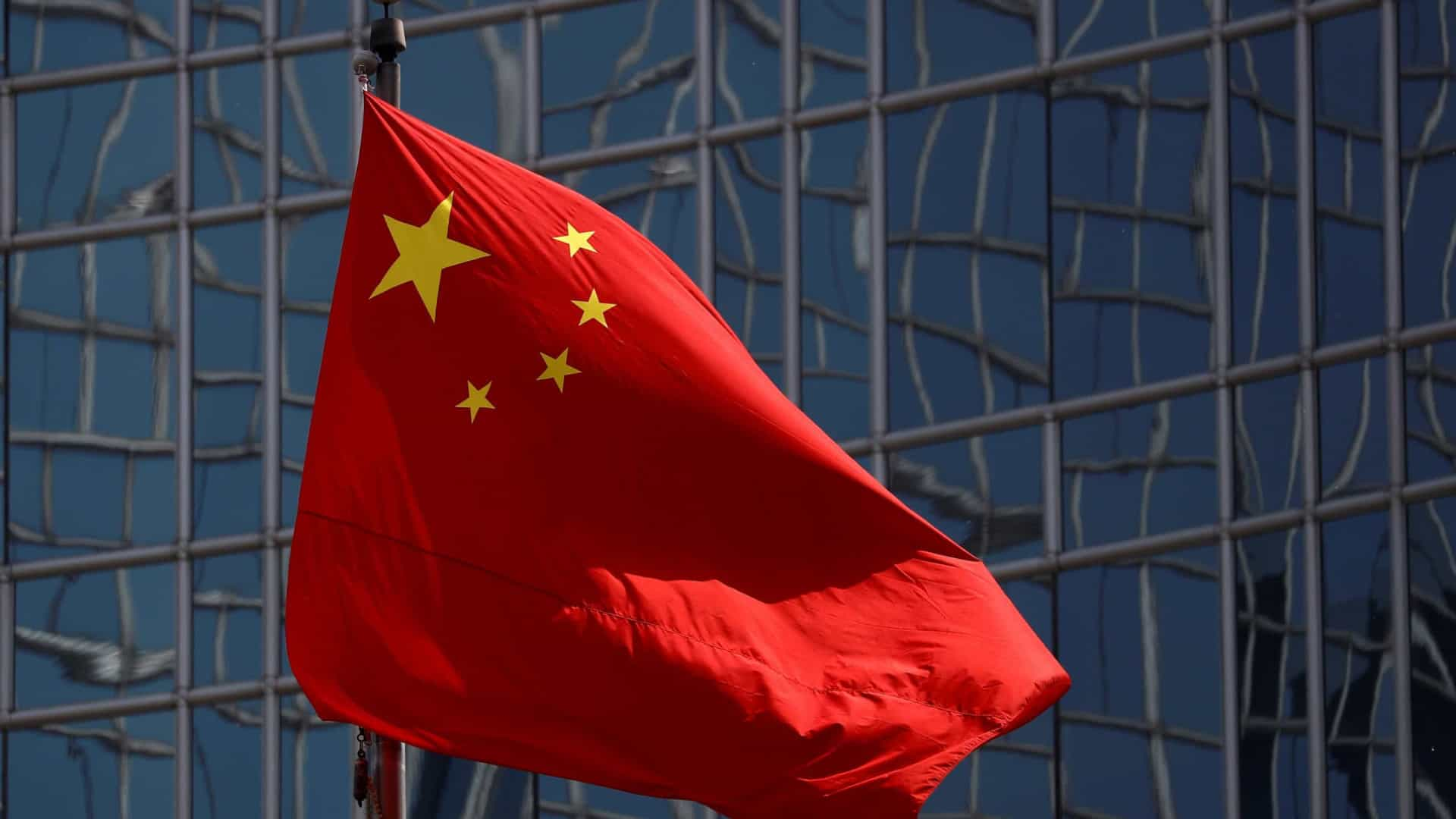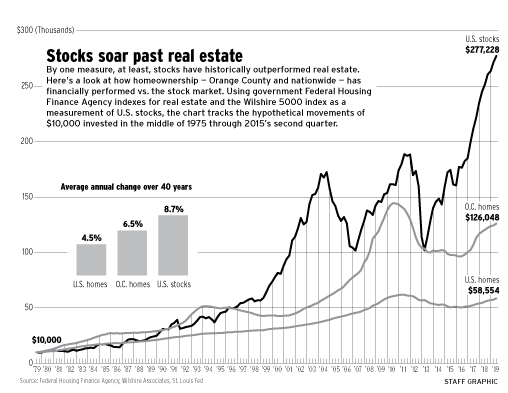Economy of the People’s Republic of China The People’s Republic of China is a market-oriented emerging economy, including economic planning through industrial policy and five-year strategic planning. In its 11th Five-Year Plan, adopted in 2005, China placed more emphasis on developing a consumption-driven economy to support economic growth and correct imbalances. The Fourteenth Five-Year Plan (2021-2025) is currently being implemented, with a focus on consumption-led growth and technological self-sufficiency, as the People’s Republic of China transitions from an upper-middle-income economy to a high-income country. economy. The People’s Republic of China’s anti-coronavirus policies are likely to maintain barriers between China and the global economy until 2023 or beyond, but after that, excessive debt has exacerbated a prolonged slowdown in trend growth and a now turning point in the real estate sector. It’s already in the works, as the crumbling development giant Evergrande has shown.
The economic growth of the past decade has largely relied on borrowing, and China cannot repeat the same mistakes in the next decade. China’s previously impressive growth has been fueled by massive government spending. From 1979 (when the economic reforms began) to 2017, its GDP grew by an average of nearly 10% per year. 800 million people were lifted out of poverty. This growth has doubled China’s GDP on average every eight years and lifted some 800 million people out of poverty.
In contrast, China said its gross domestic product grew 2.3 percent to 101.6 trillion yuan last year. China’s gross domestic product (GDP) contracted by 6.8% in the first quarter, grew by 3.2% in the second quarter, grew again by 4.9% in the third quarter, and increased by 6.5% in the fourth quarter of 2020. As China’s currency strengthened, its GDP exceeded $17.7 trillion (at market exchange rates), up 20% from the previous year. The epidemic prevention and control has been effective and effective, and China’s economy has returned to “V”, achieving recovery for three consecutive quarters last year (3.2% in the second quarter, 4.9% in the third quarter, and 6.5% in the third quarter). fourth quarter).
According to data released on Jan. 17, China’s GDP grew by 8.1% in 2021, the fastest pace since 2011. Based on these numbers, China’s GDP seems to have all the momentum it needs. China’s economy was $15.92 trillion in 2020, and research firm IHS Markit estimates that the Chinese economy reached $18 trillion last year thanks to increased export production and capital for new projects.
Analysts say China’s economy will increasingly rely on government investment, high-tech development and domestic consumption — over the past decade, China’s economy will overtake the United States in major exports. Economists expect China’s economy to gain more control over key sectors after interventions in several areas, including the internet, in 2021. While advanced economies like the U.S. and U.K. typically see growth rates around 2%, in China the situation could lead to mass layoffs, a rapid tightening of credit and, perhaps most worryingly for Xi, his authority getting hit harder and harder.
Growth in China Growth is expected to be broadly robust in 2021, supported by stronger exports, private consumption and industrial production than last year. However, China has once again demonstrated that no matter what challenges its manufacturing capacity faces, markets should bet cautiously against its continued growth. China ranks 20th out of 40 countries in the Asia-Pacific region, and China’s overall score is below the regional and global average.
Here, according to our scoring system, China scores 2.6 out of 10, compared with an average of 5.8 in our sample of the top ten open market economies. Our data compares China in 2010 with China in 2020-20, and then compares this latest version of China with the top 10 global open market economies. We used this data to create a new scoring system that compares China’s liberalization performance and economic performance with the United States and nine other major open market economies.
In the 30 years prior to 1990, monetary GDP (the market value of goods and services produced in the economy) for the People’s Republic and the United States in dollar terms rose roughly simultaneously to just over 6% and 8% per annum, respectively. . Economist Angus Maddison estimates that China’s average annual real GDP growth during this period is about 4.4%. The Great Leap Forward from 1958 to 1962 (leading to massive starvation and reportedly up to 45 million deaths) 6 and the Cultural Revolution 1966. to 1976 (which caused widespread political chaos and greatly upset the economy).
China’s economy grew 18.3% year-on-year in the first quarter of 2021-2021 as strong domestic and foreign demand helped recover from a low base in early 2020 when COVID-19 brought the world’s second-largest economy to a halt. Domestic spending has been the driving force behind China’s growth through 2021 as the country scaled back its global footprint ahead of the Sino-US trade dispute, McKinsey & Co. said in a report. about Chinese consumers in 2021. economic leadership in global capital flows emphasizes long-term financing of infrastructure and development, rather than short-term flows that, under the current order, carry high costs for many countries.
Helpful Links:
Homepage
About
Contact
Personal Development Partner





